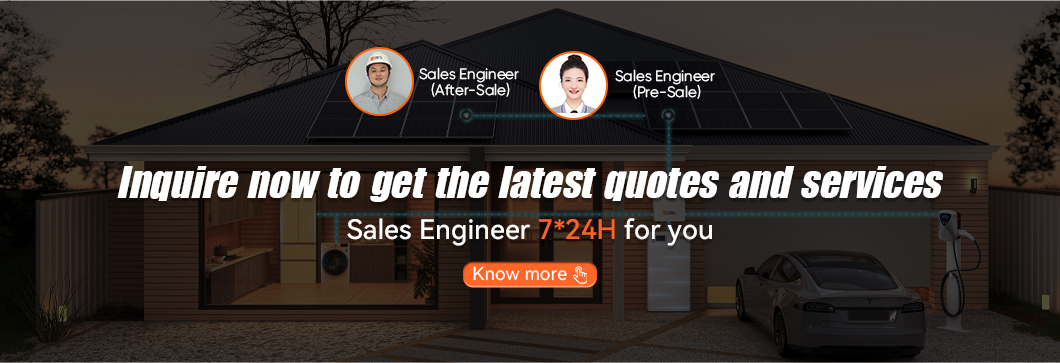The production of photovoltaic modules is a highly sophisticated and complex process, involving multiple stages of automation from the manufacturing of solar cells to the final assembly and testing of solar modules. UE, as a manufacturer, has incorporated advanced technologies and equipment throughout the entire production process to ensure its solar panels exhibit outstanding performance and reliability.

1.Auto Solar Cell Feeding
All solar cells used in UE's production are sourced from top-tier brands such as TW Solar, Longi, and AIKO Solar,this ensures the quality and reliability of the solar cells, laying a solid foundation for subsequent manufacturing stages.
2.String Welding
At this stage, the solar cells undergo automatic slicing and string welding, using a conductive copper strip (tinned copper tape) for the series connection of solar cells. Infrared technology is employed to detect false welding and broken cells automatically, problematic cells are identified and removed from the production process.
3.Automatic Glass Loading
Transparent glass is automatically loaded as the outer protective layer for PV modules, ensuring each module possesses a robust and transparent exterior.
4.EVA Cutting & Laying
EVA (Ethylene Vinyl Acetate) is a crucial material used for encapsulating solar cells. Automatic cutting and laying of EVA in the initial stage ensure its precise placement to protect solar cells and enhance light absorption efficiency.
5.Automatic Typesetting
Solar modules need to be arranged in well-designed positions to ensure optimal performance. Automatic typesetting efficiently arranges solar cell strings, EVA, and other module parts in appropriate positions. String welding rules are defined, such as 10 cells per string for a 60-cell module, 12 cells per string for a 72-cell module, and 13 cells per string for a 78-cell module.This allows UE to produce solar modules from 100W-720W.
6.Interconnect Bar Welding
During this stage, automatic welding is performed between solar cell strings to ensure smooth flow of electric current and maximize the efficiency of the PV panels.
7.EVA Cutting & Laying
In the second EVA cutting and laying phase, each solar panel is thoroughly encapsulated, providing additional protection and durability.
8.Back-sheet Cutting & Laying
The back-sheet, serving as the bottom layer of the solar module, is precisely cut and laid to ensure complete coverage and protection of the module's back.
9.VI-EL Integrated Inspection
Utilizing a VI device similar to a smart camera, this stage involves a comprehensive inspection for missing corners and obstacles within solar cells. Problematic cells are automatically identified and segregated.
10.Unmanned Lamination
The lamination process involves bonding and fusing solar cells, glass, EVA, and back-sheet together under specific temperature, pressure, and vacuum conditions.
11.Auto Edge Cutting
Following lamination, excess EVA is trimmed to ensure a neat appearance.
12.Visual Inspection
Through visual inspection using a dual-sided flipping technique, each solar panel is meticulously examined to identify cracks, defects, or other issues affecting performance.
13.Glue & Framing
At this stage, the automatic gluing and framing process firmly secures all modules together, creating a robust framework. This enhances the stability and durability of the solar modules.
14.Junction Box Installation
The installation of the junction box involves sealing and potting to ensure no exposed metal, achieving a waterproof rating of IP68 and improving the PV module's weather resistance.
15.Curing
Solar panels are placed in an automatic curing device to ensure the solidification of adhesives and other materials under specific temperature and time conditions, maintaining the stability of their structure.
16.Frame Edge Polishing
Automated edge polishing involves refining and smoothing the edges of the solar module's frame for an enhanced appearance.
17.Cleaning
Cleaning is performed to ensure there is no contamination on the module's surface, maintaining transparency and photovoltaic efficiency.
18.Insulation Test
Insulation testing ensures there is no leakage, preventing lightning breakdown and potential electric shocks.
19.Withstand Voltage Test
This test is conducted to verify the solar panel's ability to withstand voltage under normal operating conditions, ensuring safety and reliability.
20.Final EL Test
A secondary Electroluminescence (EL) test is performed to conduct a final assessment of the solar panel's ultimate performance, ensuring all solar cell strings and modules meet design requirements and function properly.
21.Final VI
The final visual inspection ensures that the module's appearance, dimensions, and identifiers align with quality standards.
22.Packaging
Finally, solar panels are carefully packaged to prevent damage during transportation and installation, ensuring they reach customers or end-users in pristine condition.
This comprehensive manufacturing process reflects UE's commitment to producing high-quality solar products. Through advanced manufacturing processes and quality control measures, UE actively contributes to the promotion of clean energy and sustainable development. This production journey not only showcases the integration of technological innovation and efficient production but also demonstrates an unwavering dedication to product quality and reliability.
Choose UE, your trust-worthy PV supplier, delivering Safe and Secure Energy Solutions.

United Energy Co.,Ltd
Add:No. 389-399, Jinzhai Road, Luyang District, Hefei City, Anhui Province
Mobile/Whatsapp/Wechat: +86 189 0569 0996
Email: info@ue-pv.com Web: www.unitedpvsolar.com